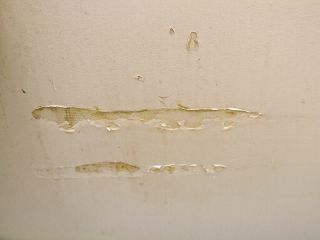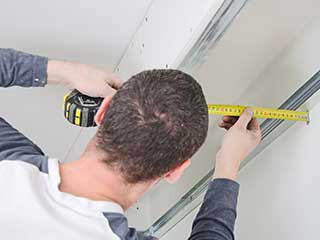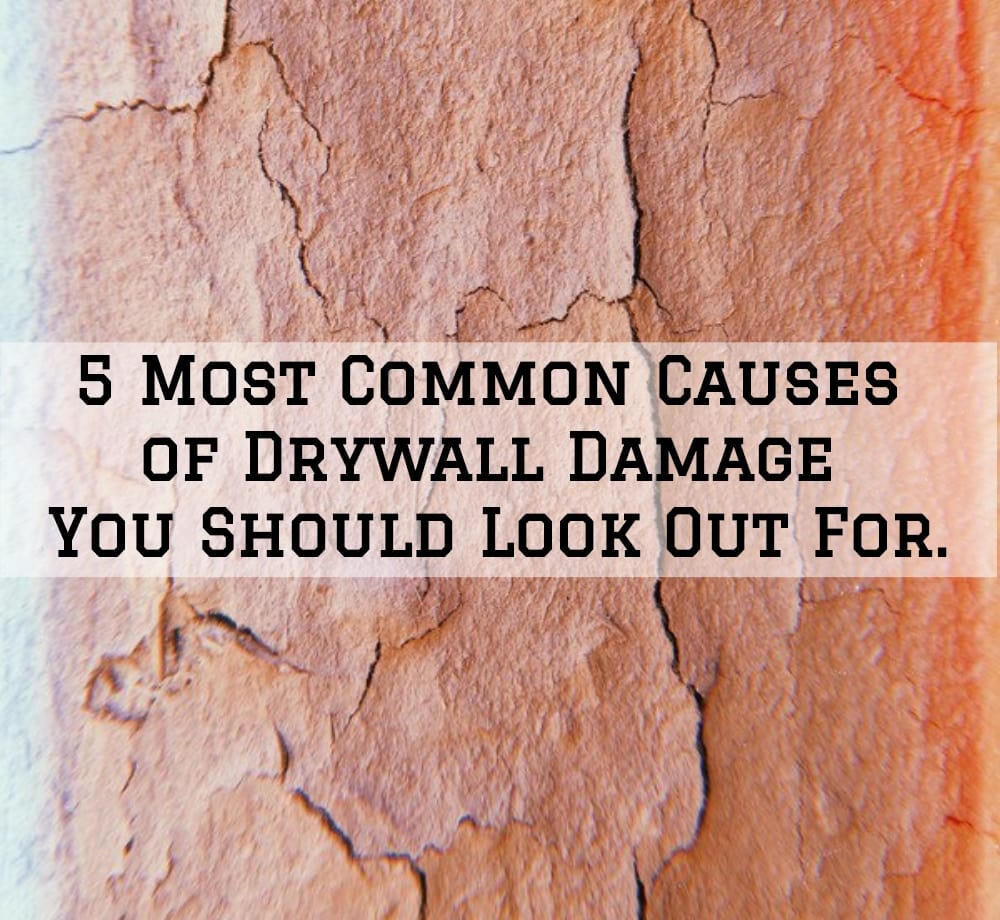Step-by-Step Approaches to Getting Flawless Drywall Repair and Setup
Accomplishing remarkable drywall repair and setup needs a systematic technique. It entails recognizing the different types of drywall and the tools needed for the job. Proper area preparation is crucial prior to beginning any type of work. Drywall Installation Ogden Utah. Each step, from covering openings to setting up new sheets, demands attention to information. The procedure does not end with installment; ending up strategies are critical for a polished look. The following actions will assure a smooth outcome, yet exactly what do they require?
Recognizing Drywall Kind and Equipment Needed

The installation tools are just as important. An utility blade is vital for cutting drywall sheets, while a drywall saw can assist in making exact cuts for components or electrical outlets. T-squares guarantee accurate dimensions, and drywall screws or nails secure the panels to wall studs. In addition, a drywall lift can assist in the installment of huge sheets, minimizing physical strain. Experience with these tools and types considerably adds to the effectiveness and high quality of drywall jobs.
Preparing the Area for Repair Work or Installation
Preparing the area for drywall repair work or installment is essential to assure a reliable and smooth procedure. Initially, the surrounding area ought to be free from furnishings and various other challenges to supply adequate working room. This not only guarantees security yet likewise avoids damage to personal belongings. Next, it is important to cover the floor with decline fabrics to capture any kind of debris or dirt created during the work.
In addition, the wall surfaces need to be checked for any loosened paint or wallpaper that may hinder attachment. Eliminating these elements develops a tidy surface for the brand-new drywall. Before beginning, it is a good idea to turn off power to electric outlets or fixtures around. Ensuring ample lights in the office will additionally enhance exposure and focus during the repair or installation procedure. drywall contractors. By diligently preparing the location, one lays the groundwork for an effective drywall project
Step-by-Step Refine for Patching Holes

Patching holes in drywall needs an organized strategy to assure a smooth repair work. The very first step includes examining the dimension of the opening. For little openings, a patching compound may be adequate, while bigger openings require a patch. Next, the broken location needs to be cleaned up and prepared by eliminating any type of loose debris.
For tiny openings, applying spackling compound with a putty blade is suggested, smoothing it he said over the hole and feathering the sides. As soon as dry, sanding the area assures a smooth surface. For larger holes, a drywall patch should be cut to dimension, positioned over the hole, and protected with screws. After installing the spot, the very same spackling process is duplicated, adhered to by fining sand.
The patched location should be primed and repainted to match the bordering wall. This meticulous procedure ensures an expert look and prolongs the lifespan of the repair.
Installing New Drywall Sheets: A Comprehensive Overview
Setting up new drywall sheets calls for cautious planning and implementation to assure a aesthetically appealing and tough surface. Initially, the area has to be determined accurately to determine the variety of sheets needed. It is essential to select the right density, typically 1/2-inch for indoor walls and 5/8-inch for ceilings or fire-rated applications.
Next off, the studs or framework must be evaluated for any abnormalities, making certain they are straightened and properly spaced. When putting the drywall sheets, they need to be placed horizontally to reduce seams and enhance structural stability. A drywall lift can be useful for overhanging installments.
Attaching the sheets with drywall screws at ideal periods ensures a safe and secure installment. It's important to countersink the screws slightly below the surface to prepare for the finishing procedure. Adhering to these standards will result in a strong structure, all set website link for the following steps in drywall completing.
Completing Touches: Taping, Mudding, and Sanding Methods
Once the drywall sheets are securely fastened, the focus shifts to the finishing touches that will offer a polished look. This process starts with taping, utilizing either paper or fiberglass fit together tape to cover the seams between sheets. The tape guarantees a smooth change, lowering the risk of breaking. Adhering to insulation, mudding is crucial; a joint compound is used over the tape to fill up voids and create a smooth surface area. Normally, multiple layers are necessary, each one feathery out additionally than the before reduce visibility.
After enough drying time, fining sand is the final action in accomplishing a remarkable finish. A fine-grit sandpaper is used to smooth the dried compound, ensuring there are no bumps or imperfections. Interest to detail during this phase is significant, as it substantially affects the total appearance of the wall. The end outcome should be an even, professional-looking surface prepared for priming and paint.
Regularly Asked Concerns
How Do I Select the Right Drywall Density for My Job?
To select the best drywall thickness, think about the task's purpose, location, and architectural needs. Criterion thicknesses include 1/2-inch for general usage and 5/8-inch for fire-rated applications, guaranteeing resilience have a peek at this site and conformity with structure codes.

Can I Install Drywall Over Existing Drywall?
Yes, mounting drywall over existing drywall is feasible. It is vital to assure the underlying surface is free and safe from damages. Proper attachment and consideration of thickness are vital for a successful installation.
What Are the very best Practices for Drywall Disposal?
The very best practices for drywall disposal include recycling when possible, making use of regional waste management services, and following guidelines for hazardous products if relevant. drywall contractors. Properly securing and identifying waste warranties compliance and safety throughout disposal
For how long Should I Wait On Mud to Dry Prior To Sanding?
Typically, one should wait 24 hr for drywall mud to dry prior to fining sand. Nevertheless, drying time can differ based on moisture and temperature, so looking for a company structure is advisable before continuing.
Exist Eco-Friendly Drywall Options Available?
Yes, environment-friendly drywall options are offered. These options often use recycled products, low-VOC adhesives, and lasting manufacturing methods, decreasing ecological influence while providing effective insulation and toughness for numerous construction and remodelling jobs.
An energy blade is essential for reducing drywall sheets, while a drywall saw can help in making exact cuts for fixtures or electrical outlets. Preparing the area for drywall fixing or installation is crucial to guarantee a smooth and effective process. Covering openings in drywall requires a systematic technique to guarantee a smooth fixing. Setting up new drywall sheets calls for careful planning and implementation to assure a strong and aesthetically appealing finish. Yes, installing drywall over existing drywall is feasible.